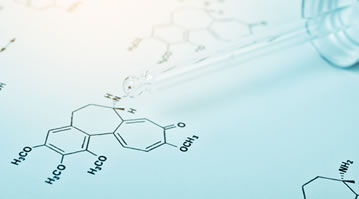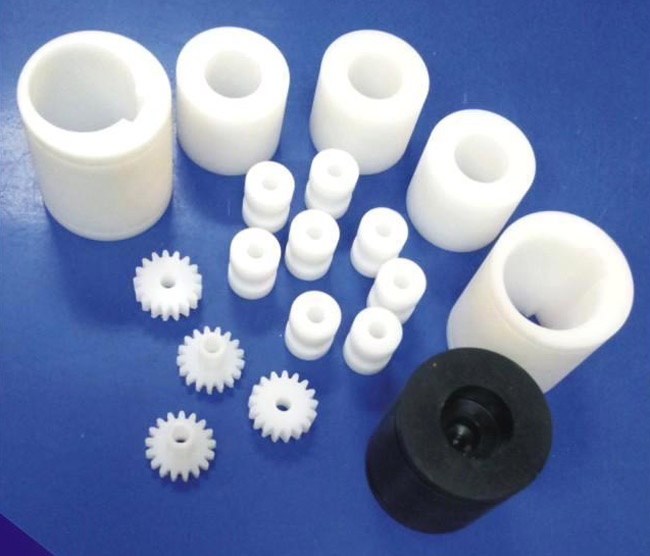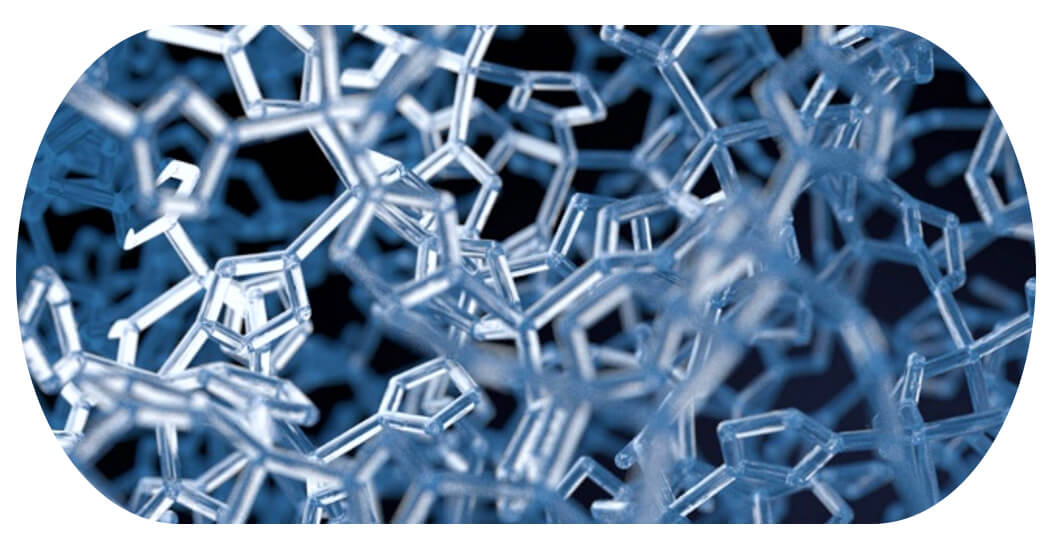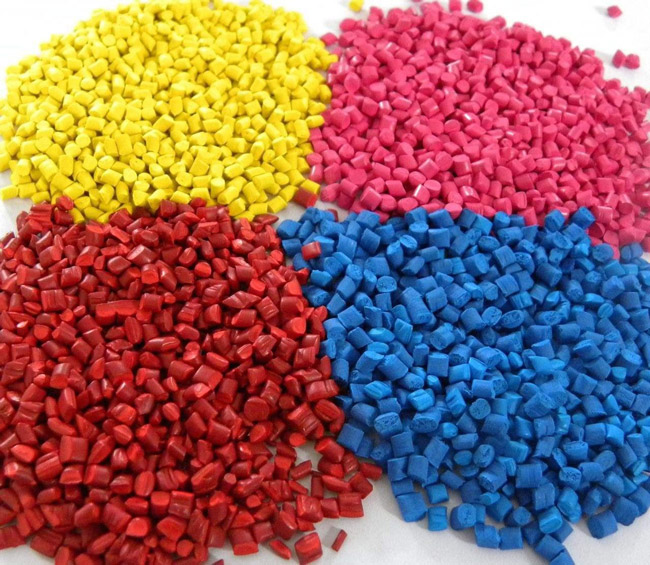Organotin Testing Methods
Organotin compounds were originally developed as stabilizers for PVC and later used as biocides, with annual production increasing all the time. Alkyl tin classification, there are single tin type (RSnX3), two tin type (R2SnX2), three tin type (R3SnX), four tin type (R4Sn); R is alkyl or aromatic group covalently bonded with tin; X indicates that other than C-Sn and tin bonded inorganic or organic other groups, its physiological activity in the order of R3Sn > R4Sn > R2SnX > R3SnX. The length of the R chain has a great relationship with the physiological activity, R is butyl or propyl when the strongest physiological activity, R than its large or small physiological activity are weakened, in addition, three tin R is asymmetric type R1R2R3SnX, the sum of the carbon number of each alkyl group is 9 to 12 has the maximum physiological activity. The physiological activity of tributyltin is second only to that of tripropyltin. x and its ion replacement group are almost unchanged for biological LD50 after substitution. Organotins may be easily replaced by other groups due to the pH of the solution, the type of solvent and their own structure. Also the effect of solubility, deliquescence given to organotin should not be neglected. In addition, X can be halogen, advanced fatty acid salts, monoester salts of maleic acid (maleic acid monoester salts), thioglycolate, mercaptan derivatives or become dibutyl tributyltin oxidation type.

The physiological effects of monobutyltin given to mammals are extremely weak, while dibutyltin is a strong irritant to the skin, mucous membranes, and digestive tract, causing diarrhea and enteritis when administered orally, and also causing bile duct damage and thymus atrophy. Generally less than 20% is absorbed from the intestinal tract. Acute tests on mice with tributyltin mixed feed will show weight loss, loss of appetite, diarrhea, liver damage and intestinal and renal hemorrhage, and can also cause gray and white matter medullary edema of the brain. Although triphenyltin is less toxic than alkyltin, weight loss, diarrhea and loss of appetite, nasal bleeding, hind limb numbness and decreased red blood cells were also observed in acute tests with rats via the mouth. The physiological effect of tetrabutyltin was found to take a long time because it needs to be metabolized into tributyltin in the organism before it can show toxicity, so its toxicity is weaker than that of tributyltin. The oral LD50 of dibutyltin, tributyltin, triphenyltin and di(tributyltin) oxide in rats were 100-150, 125, 148-234 and 125-491 mg/kg, respectively.
The use of monoalkyltin compounds is relatively limited, butyltin sulfide is only used as a stabilizer for PVC, dibutyltin is chemically reactive, so it is used as a stabilizer for PVC films, plastic products or as a catalyst during polymerization, dibutyltin and tributyltin are commonly used. In addition, the use of trialkyltin compounds have special activity on biological, used in the bottom of the ship paint, to prevent crustaceans, algae and other adhesion, and because of the use of di (tributyltin) oxide that (TBTO) after the aquaculture fishery, so that the sea pollution, and then transferred to the fish and shellfish and the formation of residual problems. Japan's Environment Agency conducted an extensive survey of water quality and substrate in 1983 and found that there were residues in the environment, so in 1985, the biomonitoring system was used to monitor and clarify that there were extensive residues in fish, especially in the inner bay. The Ministry of Health and Welfare established the "Committee on Safety Evaluation of TBTO in Food" in 1984 in view of the safety of fish, and announced it in April 1985. This reference value is sufficiently safe.
Besides, the pesticide of Tricyclohexyltin has strong insecticidal effect on ticks. In Japan for pears and apples, the standard value of its residue is 2 mg/kg or less.
Because triphenyltin compounds are irritating to the skin and can be absorbed through the skin, they are not allowed to be used in diapers, underwear and other fiber products, household waxes, and paint-making oils, according to the "Regulations for Household Products Containing Hazardous Substances".
The most famous one is the Stallion drug which was used in France in 1954 for the treatment of skin abscesses. The drug contained 10% triethylstannous iodine compound as an impurity, and 1,000 people took the drug and about 100 people died.
The following describes the gas chromatography method for the characterization and quantification of organotin compounds. There are many reported methods for the analysis of alkyltin or phenyltin as individual components, and three methods for simultaneous analysis are as follows.
(1) Direct method: The pre-acidified solution is injected into the GC-ECD for testing. After making the column passivated and adjusted to a certain state, the extracted and purified specimen is injected into GC for quantification.
(2) Reduction method: The haloalkyl tin in the sample solution is pre-reduced with sodium borohydride, and the alkyl tin hydride is generated and quantified by GC-ECD or GC-FPD separation.
(3) Tetraalkylation method: haloalkyltin is alkylated by Grignard reagent to tetraalkyltin for quantification by GC-FPD.
The commonality between the above methods, when determined by GC, is that the active halogen must be masked in order to prevent column adsorption. There is no fixed chemical form of alkyltin in organisms or in the environment, and after extraction and treatment with acid to try to unify its chemical form. Then it is determined according to the tetraalkylation method.
1 Reagent Mixed standard solution of dibutyltin chloride (DBTC) and tributyltin chloride (TBTC) Weigh 10.0 mg of each of the above standards and dissolve with hexane and volume to 100.0 mL as standard stock solution, the GC separation, DBTC and TBTC peak response intensity is similar, weighing the amount of standards should be as consistent as possible. Take 0.5 mL of each standard stock solution and combine them with hexane to 100.0 mL, then take 2.0 mL of the combined solution and use hexane to fix the volume to 100.0 mL, as a mixed standard solution. This standard solution contains DBTC and TBTC in 1 mL each.
1 μg.
Brominated ethyl magnesium ether solution (C2H5MgBr reagent) Prepare 3M brominated ethyl magnesium ether solution. It is generally believed that the amount of Grignard reagent from methyl to pentyl is more appropriate, but the methylated DBTC has high vapor pressure and is volatile, so it is not good to keep. Also, butylation is not suitable for this method. It can be ethylated, propylated or amylated, and generally ethylation is used.
Column filler for GC stationary phase stretcher - Chromosorb W (60-80 mesh), stationary phase liquid 5% OV-17. In order to get better stability and sensitivity, the measurement before the saturation of the column with concentrated standard solution injected several times, the effect is better.
The capillary column was coated with 7% propionitrile and 7% polytoluene silicone oil, with a column length of 12 m and an inner diameter of 0.53 mm.
2 Apparatus Gas chromatograph: with flame photometric detector FPD with interference filter for sulfur. In addition to the use of sulfur (S) filter (394 nm), Sn filter (610 nm) can also be used, the results of good peak shape, its sensitivity difference is not significant.
Column Glass or stainless steel column (50-200 cm × 3-4 mm).
Temperature 250°C for the inlet and detector, 130°C for the column chamber.
Carrier gas N2, 40 to 50 mL/min.
3 Sample solution preparation Take 2-10 mL of sample solution (containing 2-10 μg of DBTC and TBTC) into 25 mL inner diameter 2-2.5 cm test tube with stopper, add 2 mL of C2H5MgBr ether solution and leave it at room temperature for 30 min, then take 10 mL of cold water and drop in small amount each time. Add cold water at the beginning of 1~2 mL with intense foaming reaction, and continue to add water at a slightly faster rate after the reaction becomes slower. Then add Na2SO3 about 0.2 g (the reason for adding Na2SO3 is that the generated tetraalkyltin in the reaction with Grignard reagent, bromine off alkyl, for the reduction of generated bromine into bromine ions). After shaking with a stopper, 2 mL of HCl was added and extracted with 5 mL of hexane with a second shaking, the hexane layer was combined and dehydrated with Na2SO4 for 30 min and then concentrated under reduced pressure at 40°C. The concentrated solution was dissolved with 2 mL of hexane and Na2SO40.1 g as GC sample solution. The specimen solution can also be determined simultaneously tributyltin, but it was found that the species of fish are different and often appear interference peaks. The method to remove the interference peak is to use magnesium silicate carrier column purification (such as SEP.PAK magnesium silicate carrier column). Operation: the column with hexane containing 1% ether 5 mL wash column (wash solution discarded), the full amount of the sample into the column head (about 1 mL of hexane solution) and then elute with hexane solution containing 1% ether, collect the initial effluent 8 mL and concentrated to 2 mL as a purification sample solution.
4 Qualitative The sample solution and the ether solution of the derivative of the mixed standard solution used to draw the calibration curve were separated by gas chromatography, and each was injected into 2-5 μL for GC separation, and the retention times of the chromatographic peaks were obtained separately, and the retention times of the sample solution peaks were compared with the peaks of the standards for qualitative purposes. The peaks on the chromatogram and the actual separation of the peaks are different, the peak elevation is not so sharp, and the traces appear distorted. The reason for this is not only the inappropriate selection of the stretcher, but also the structure of the detector. To overcome these shortcomings, the total amount of ions can be measured by GC-MS method with the same column, and the peaks of the object can also be observed. Determination by GC-MS method for each peak with distortion can be used as an indicator for determining organotin.
5 quantification The same operation as qualitative, determine the peak height on the chromatogram of the standard solution, plot the calibration curve, and quantify the DBTC and TBTC in the sample solution by comparing their peak heights with the curve. Quantification according to the peak height method, without the peak area method the reason is that the calibration curve of any kind of standard is linear in the range of 0.5 ~ 5 ng, and the determination of its ionic compounds at different concentrations are linear. The minimum detection concentration of this method for the specimen is 10-20 mg/kg.
Calibration curve plotting: set up several content standard series between 2.0~20.0 mL of the standard mixture, add 2 mL of ether and 2 mL of C2H5MgBr reagent after evaporating its solvent dry, and then operate the same as the specimen solution to plot the calibration curve.




















Comments